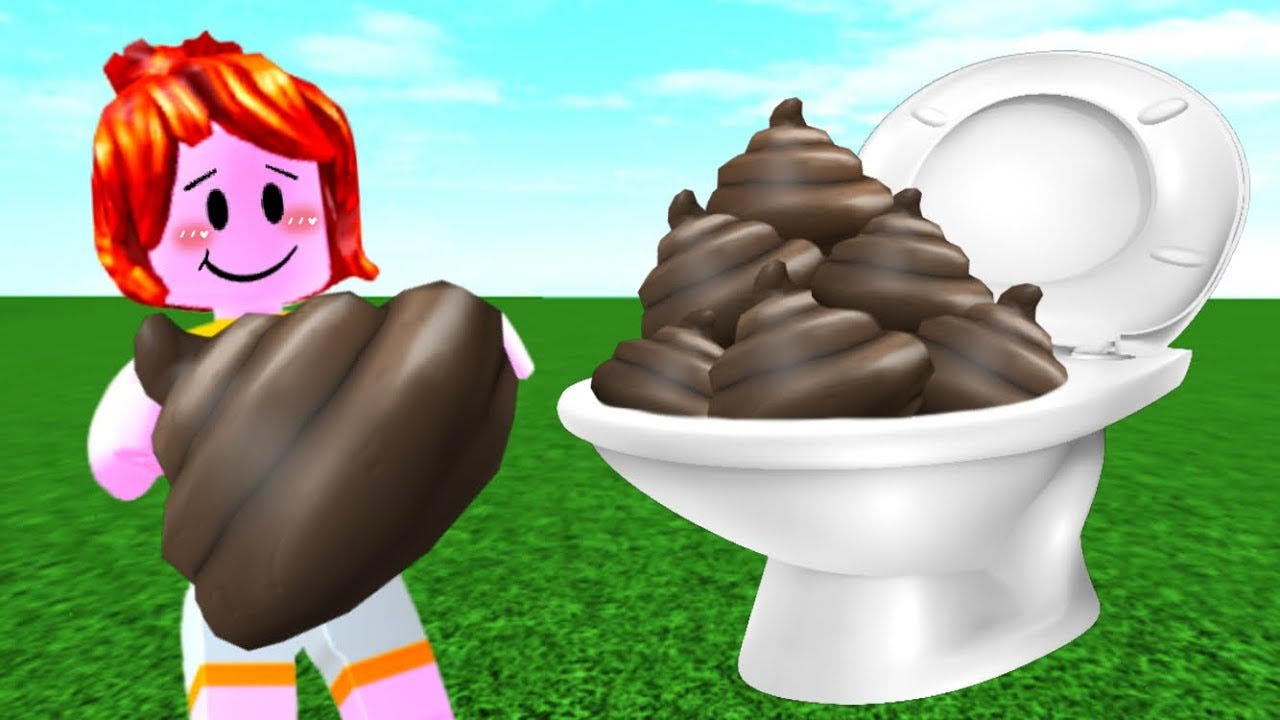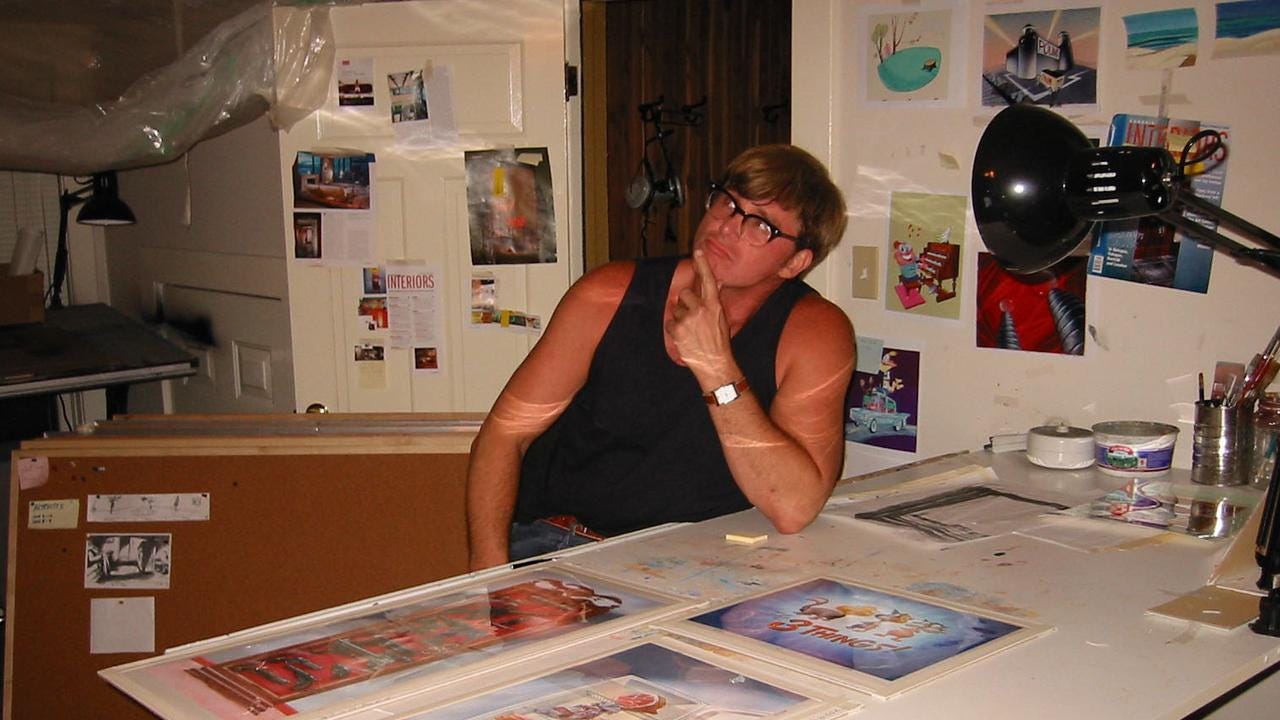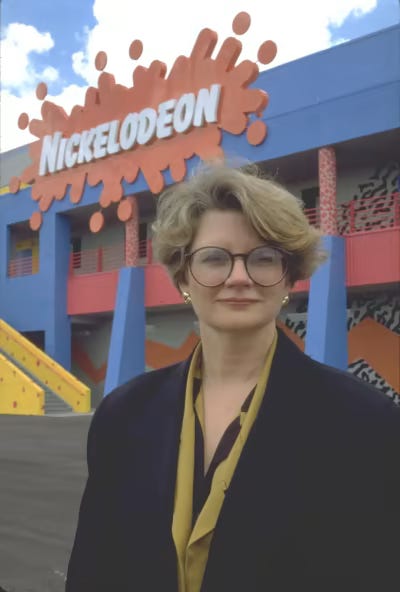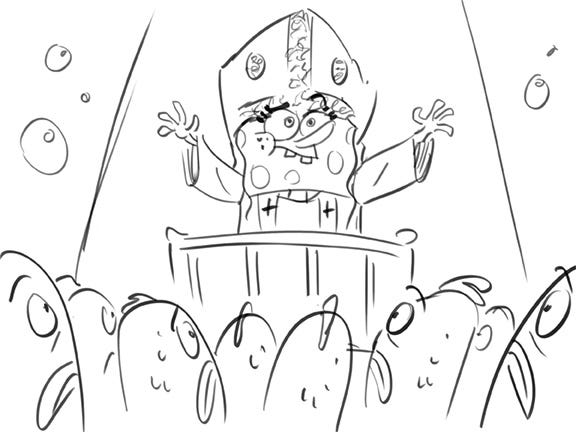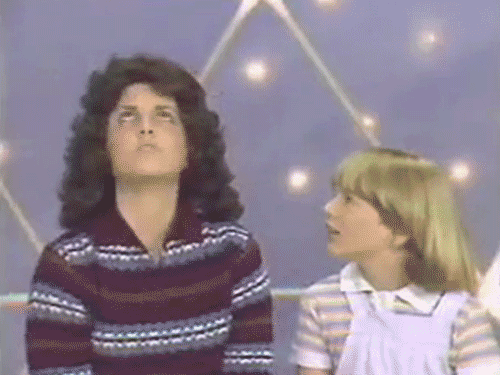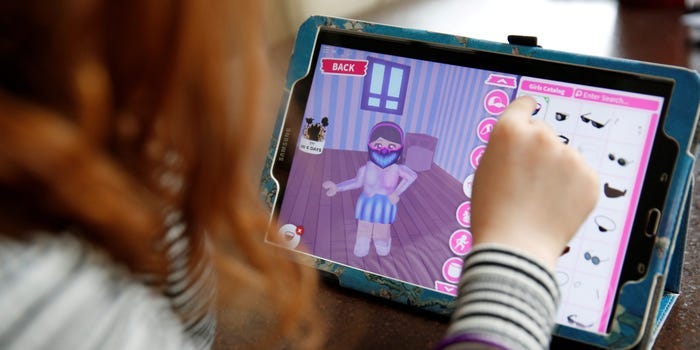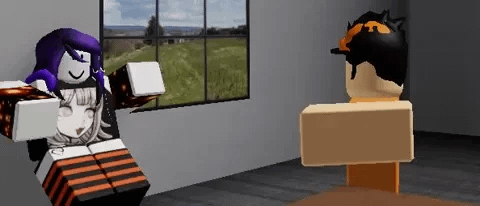Irreverence, Poop Jokes, and the True Value of Grossing Out Your Parents
My friends from LinkedIn will know that I’ve become obsessed with Roblox in-game animation. This strange new art form is difficult for anyone over 18 to understand.
YouTube channels like ShanePlays earn millions of views per upload (the creator of which I just interviewed for an upcoming piece so be sure to subscribe!) and shows like Twilight Daycare are winning industry awards.
But why would anyone in their right mind use Roblox as an animation engine?
Especially when “professional” software like Blender, Unity, and Unreal Engine have never been cheaper, better-looking, or easier to learn and use?
WHEN BEAUTY IS CHEAP…
I think the appeal of Roblox’s limited aesthetic is a direct consequence of the democratization of beauty. Good-looking animation still isn’t cheap but it’s cheaper than ever before.
Kids are flooded with endless choices of gorgeous animation to watch. On YouTube, most of it is soulless garbage. So much is pandering, algorithmically designed, driven, and juiced to earn clicks and make ad revenue, or—worse—presented as “educational” with dubious qualifications.
Everything has an agenda. And kids can smell an agenda miles away.
On the other hand there’s Roblox. So much on the platform is made by children for children. Content made by kids don’t have the same kinds of agendas.
And content with no agenda can be very hard for an adult to understand…
UGLINESS CAN BE NOVEL.
From the outside, Roblox in-game animation can appear low-fi, buggy, and ugly as a computer virus from hell. But the janky stuff has a voice. It has a soul. It doesn’t pretend to teach you anything. It is what it is.
Soon I’ll publish an essay that dives into the relatability and authenticity of the medium, two reasons why I find it mesmerizing. But today I’ll focus on a third reason why kids love Roblox in-game animation: because older people don’t understand it.
ON THE “DELIBERATE MYSTIFICATION” OF CHILDHOOD
If you’re a ‘90s kid like me, you probably remember these Cinnamon Toast Crunch commercials. Their formula was as simple as it was unforgettable:
Kids encounter an adult with the ability to “see” things others can’t (telescope, microscope, magnifying glass, etc).
But for the life of them, these dumb grown-ups can’t “see” why kids love Cinnamon Toast Crunch…

This dynamic—savvy kids vs oblivious adults—aimed to flatter a kid’s sense of self and to associate breakfast cereal with a mildly rebellious spirit. It’s as harmless as it is silly. But its roots reach deep into something more fundemental.
Us vs Them
Most children go through a gross-out phase, obsessed with bugs, poop jokes, and talk about other subjects unfit for the dinner table.
Making your mom go “eww,” can feel like an act of power especially at an age when you have so little control. Harmless taboos are an essential instrument for the formation of young identity. “Children are always experimenting with power, and getting adults to laugh or be awkward, that’s a very powerful thing to a child,” said author and psychologist Lawrence Cohen in a New York Times piece about poop and farts.
This is the appeal of the playful Us v Them attitude at the heart of these classic Cinnamon Toast Crunch ads. But General Mills didn’t stumble upon the brilliance of this cultivated dynamic themselves. It was a TV network’s corporate mandate which nudged them in this direction.
Flashback to early Nickelodeon…
At the end of the 1980s, kids’ TV was being reborn. Sesame Street’s proven model of educational content dominated the industry for a decade, regurgitated by imitators with a fraction of Henson’s talent.
Reagan had recently lifted restrictions allowing for toy companies to advertise with cartoons, unleashing a flood of sponsored content on the airwaves.
And the early proliferation of cable TV allowed networks to fractionalize advertising revenue across many sponsors rather than few. This meant advertisers had less power over programming, as they shared ad space with their competitors, which enabled more creative freedom than what was typically seen on broadcast TV.
Executives and artists were suddenly given a much wider canvas to try things out.
MTV had recently become a cultural institution, touted as a “place” for teenagers to spend their free time. Nick’s stakeholders (originally called Pinwheel) wanted to do the same for children and after a few years of false starts they found their president.
Geraldine Laybourne, a program manager and one of Pinwheel’s first five employees, was chosen to lead the studio. She immediately infused the channel with its now-iconic playful irreverence.
Laybourne had strong, contrarian beliefs about children’s media. To her, most of it was pandering. Stuff made for kids usually “wanted” something from them, she thought, whether that was a sale (to please a corporation) or to learn something (to please a parent). Both paths were equally unacceptable at Nickelodeon.
Instead, she wanted to create an MTV for children; a metaphorical place where kids can be kids, safe from the demands and obligations of grown-ups.
That meant a commitment against overt commercialism and edutainment, two forces which are, in my opinion, dominating the children’s media landscape today.
She did this by going against the grain of other channels. By committing to creators over brand, fun over education, and—most importantly—kids over parents in order to give children a rare sense of psychological autonomy, Laybourne created the Nickelodeon ‘90s kids remember so fondly.
1. CREATORS OVER BRAND
At the time, Nickelodeon’s closest competitor was The Disney Channel, who had a very consistent look to all their animated and live action programming. Laybourne took an opposite approach.
She wanted an eclectic mix of visual styles from all over the world and headhunted creators—from Joe Murray to the avant garde Igor Kovalyoy—to develop original programming.
Creators had power at early Nickelodeon (as is evidenced by the Kricfalusci fiasco during the production of Ren & Stimpy which Laybourne commissioned and later retooled with Bob Camp to helm) and turned Nicktoons into an iconic brand.
This is how Doug, Rugrats, Ren & Stimpy, Rocko’s Modern Life, Aaahhh!!! Real Monsters, Catdog and other Nicktoons came to be. Without them there would be no Spongebob.
2. NO PANDERING
Instead of allowing her network to use kids for the commercial demands of companies and the educational demands of their parents, Laybourne insisted on a company-wide recognition of the unalienable rights of children, and to observe these rights (drafted by her team with a literal Bill of Rights) in all the channel’s deliverables.
This set the tone for creators, executives, and advertisers alike. NOBODY was to pander to kids at Nickelodeon, the only network where kids reigned supreme.
3. COMMITMENT TO AUTONOMY
While many companies make bold declarations, Laybourne implemented them. She took the playful Us vs Them schtick and created guidelines for all programming and ads to follow.
This meant that if a company wanted to advertise on Nick, they had to play by Nick’s rules, aka, respecting kids.
This is why so many Nickelodeon old commercials—from breakfast cereal to silicon insect molds—have a similar vibe. Agencies worked along Laybourne’s guidelines; proliferating Us vs Them was a prerequisite of business. She insisted that the tone of the channel be consistent, even during ad breaks.
But for all of Laybourne’s innovations, it was a show she licensed from Australia that gave Nickelodeon its most iconic image.
On You Can’t Do That on Television, gameshow contestants would have a bucket of green slime dumped on their heads. It was a well-known prank to anyone familiar with the show. But to Laybourne, slime was the key to something deeper.
Slime grew into all aspects of the channel’s core. Idents, promos, and stickers inherited the shape of green or orange splats.
An official employee handbook of the time states that “mess, slime, and gak are more than a gag or theme, they are the Nickelodeon mascot” which carry the spirit of “rebellion and totally gross-out adults…”
In her book Kids Rule! Nickelodeon and Consumer Citizenship, Sarah Banet-Weiser writes that slime’s appeal isn’t necessarily that kids “get it,” it’s that “adults don’t; that is the crucial importance of the symbol.”
Slime symbolized the threshold between adult and kid tastes; it saluted the in-crowd (kids) while repelling the uninitiated (adults)…
Banet-Weiser quotes Allison James, talking about the “deliberate mystification of childhood” by children themselves, and how “the true nature of the culture of childhood frequently remains hidden from adults, form the semantic cues which permit social recognition have been manipulated and disguised by children in terms of their alternate society… By confusing the adult order children create for themselves considerable room for movement within the limits imposed on them by adult society.”
And that sums up what I think is special about Roblox in-game animation. Like slime, poop jokes, and the irreverent spirit of early Nickelodeon, ugly computer graphics confuse adults just enough to make room for kids to be themselves.
Okay, let’s zoom back out to the present.
Back when Laybourne took over Nickelodeon, the notion of kids’ entertainment as a place was a radical and somewhat abstract idea. Television is a passive medium with a fraction of the power of our phones, tablets, and computers.
Today, thinking of entertainment as a place is a reality for many hundreds of millions of children. Roblox, Minecraft, Fortnite and other games/platforms (or games which are becoming platforms) are where kids spend the majority of their leisure time.
Entertainment-as-a-place is wonderful in many ways. But it’s a double-edged sword. Never has the internet been more addictive, dangerous, and regulated—all of which are contributing reasons why kids have so little autonomy in the digital world.
Work that respects kids autonomy by letting them mystify adults—with fart jokes, toy bugs, or janky graphics—is a quality undervalued by the market and desperately needed by kids’ as they grow up in a hyper-connected world.
As Laybourne said—as Roblox demonstrates—kids need space to be themselves. And media that grosses out their parents is a fun and safe way to do it.
Thanks for reading! I’m working on some exciting new projects at the corner of Roblox and animation, so if you’re interested in exploring this space, please reach out.
And be sure to subscribe for my ShanePlays interview next installment!



